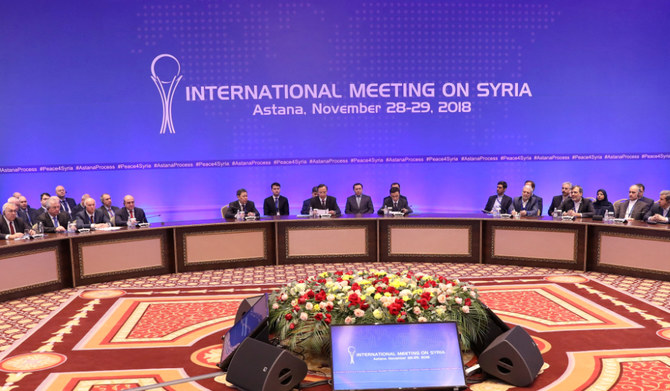
The nationwide strike called by over 150 associations of Dalits (the outcastes according to Hindu tradition) in India earlier this week cost 10 lives in clashes between the protesters and upper castes and also put the Indian caste system back in the national and international spotlight.
The immediate provocation for this strike was a ruling by the Indian Supreme Court that allowed bail to people charged under a rigid law aimed at protecting the lower castes. But it was also due to the boiling over of increasing caste tensions in India over the past few years.
These simmering tensions brought out the fact that caste tensions have, in fact, never been too far from the surface. They have dominated Indian political and social scenarios ever since independence and this dominance seems to have increased with each passing decade. Every now and then, caste becomes an issue that grabs national headlines, especially during elections.
Political leaders choose candidates for elections solely on the basis of castes by looking at the composition of voters in each constituency, leading to the selection of winning candidates largely by the fate of their birth rather than merit.
Jobs in government and public sector companies, as well as places in top-notch educational institutions, are governed by strict caste-based quotas, leading to almost 50 percent being reserved for not just the weakest of the castes, but a whole host of the wide spectrum of the Indian caste system.
The system has not only persisted for thousands of years, but with each passing generation it has become ever more pervasive and rigid, and has led to increased exploitation of the lower castes. This is despite repeated attempts at reform since the late 19th century. In fact, with the heating up of the race for the rare resources available to an ever-burgeoning population — be it places in good schools or access to government jobs — the caste system has become even more deep-rooted than at the time of independence.
The system has not only persisted for thousands of years, but with each passing generation it has become ever more pervasive and rigid.
Ranvir S. Nayar
Also, the system of reservation or positive discrimination has had a perverse impact on Indian society. Initially planned for a few decades and targeting only the weakest and most excluded segments of society, the reservations now impact half the jobs and seats available.
However, despite 70 years of positive discrimination by the Indian state in favor of its weakest citizens, the impact is barely visible. The situation of the most exploited sections remains as imperiled as it has ever been. An overhaul of this system is the need of the hour.
The latest caste tensions come at a very inconvenient time for Prime Minister Narendra Modi’s ruling Bharatiya Janata Party, which won its first parliamentary majority thanks to a unique rainbow coalition by combining the votes of large chunks of the upper and lower caste Hindus.
However, this coalition has been fraying since 2014, with numerous clashes between Dalits and upper caste Hindus, leading to the deaths of several Dalits in states ruled by the BJP. The party received a jolt in recent by-elections in its strongholds in Uttar Pradesh, where the lower caste Hindus abandoned the coalition and voted for opposition candidates, giving them an unexpected victory.
Modi now has a few months to ensure that the coalition he built in 2014 does not fully unravel before the next general election in less than a year’s time.
• Ranvir S. Nayar is managing editor of Media India Group, a global platform based in Europe and India, which encompasses publishing, communication, and consultation services.











